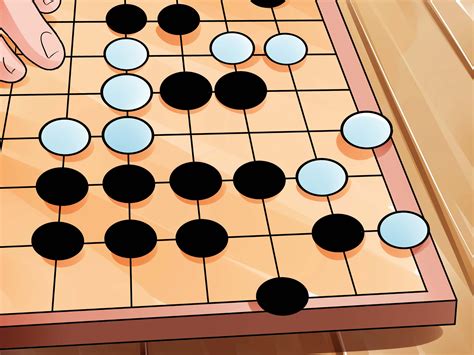How To Play Go: A Beginner's Guide to the Ancient Game
Go, also known as Igo (囲碁) or Baduk (바둑), is a board game of profound strategic depth. While seemingly simple at first glance, mastering Go requires years of dedicated practice. This guide provides a beginner-friendly introduction to the rules and basic strategies.
The Basics: Setting Up the Game
Go is played on a board consisting of a grid of 19x19 lines (though smaller boards, like 9x9, are common for learning). Each intersection of these lines is a potential playing space.
- Pieces: Players use black and white stones. Black plays first.
- Objective: The goal is to control more territory on the board than your opponent. Territory is defined as empty intersections surrounded by your stones.
Playing the Game: Placing Stones and Capturing
-
Placing Stones: Players take turns placing one stone at a time on an empty intersection.
-
Capturing Stones: If a group of opponent's stones is completely surrounded (with no liberties – empty intersections adjacent to the group) by your stones, those stones are removed from the board. This is called capturing.
-
Liberties: The empty intersections adjacent to a group of stones are its liberties. If a group has no liberties, it is captured.
-
Ko Rule: A special rule prevents an endless cycle of capturing and recapturing the same stones. The Ko rule essentially prohibits immediately recapturing a stone that was just captured. (This is usually self-evident in play.)
Key Concepts for Beginners
Territory: This is the most important concept in Go. Surrounding empty intersections with your stones secures territory for you at the end of the game.
Influence: Even if you don't directly control an intersection, your stones can exert influence over nearby areas, making it harder for your opponent to build territory there.
Life and Death: A group of stones is considered "alive" if it can never be captured. A group is "dead" if it can be captured. Understanding life and death is crucial for Go strategy.
Fusions: When your stones are connected, they form a single group, sharing liberties.
Basic Strategies for New Players
- Center Play: The center of the board has the highest strategic value because it connects to many other points. Aim to establish a strong presence in the center early in the game.
- Secure Territory: Don't be afraid to build solid walls of stones to protect your territory.
- Learn from Mistakes: Don't be discouraged by losses. Every game is a learning opportunity. Analyze your moves and those of your opponent to improve your understanding.
Beyond the Basics: Improving Your Go Game
Learning Go is a journey. After mastering the fundamentals, delve into more advanced concepts like:
- Joseki: Standard opening sequences and common patterns.
- Fuseki: The opening phase of the game.
- Tesuji: Brilliant moves that significantly alter the game’s balance.
Go is a game of endless possibilities. Its beauty lies in its simplicity of rules contrasted with its limitless strategic depth. Start with small boards, practice regularly, and enjoy the challenge!
